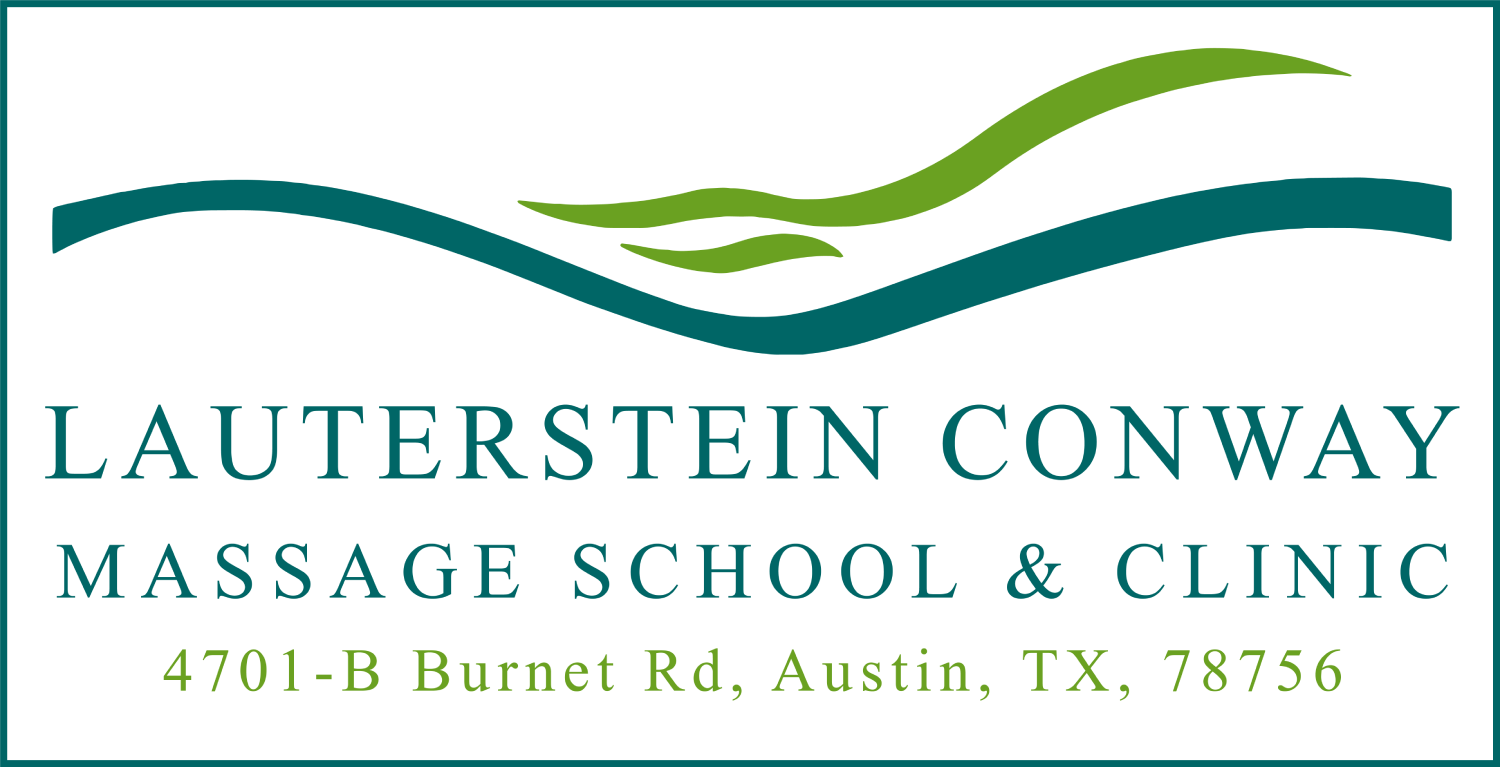My client rolled her eyes as she told me, “Now, this is hard. This is way harder than my year in cancer treatment.”
She was referring to the year after cancer treatment.
She was several months out. Armed with clear scans and a clean bill of health from her oncologist, she emerged from cancer treatment, triumphant, back into her life. It was not a life she recognized, but it was life.
That life was much harder than she had expected. Now that months of strong treatment were over, she expected relief and renewal. She expected much more joy in returning to full-time work, and she expected her body to feel better than it did.
Instead, she felt lost. Without the regular schedule of cancer treatment, without something to “power through,” she felt disoriented. And she missed her cancer team: her kind oncologist, her nurses, and the family of radiation therapists who had given her care.
Many people struggle with depression, anxiety, and the haunting fear of recurrence during post-treatment life. Massage therapy can be a port in a storm during cancer treatment. But it is just as important, post-treatment.
Side effects of cancer treatment can persist, as well: late effects of treatment on skin, skeleton, organs, and lymph nodes can appear years, even decades later. The body often adjusts to a “new normal.”
Massage has to change along with that “new normal,” and there are essential precautions around massage pressure, joint movement, and even “circulatory massage” in many cases. These precautions are often lifelong, and, while necessary, are not always clear from looking at the client. Most contraindications require a few thoughtful but simple intake questions to determine how to adapt massage.
My client finished her check-in and got on the table. For the next hour she was quiet. Her breathing slowed, her muscles softened. She gave herself over to the peace that can come with true rest. She left, a bit groggy, but feeling some of the renewal and relief that she was searching for.
If you want to help people with cancer, during treatment, and post-treatment, there are growing resources. Start with the Society for Oncology Massage at www.s4om.org. Read all you can on the topic: There is a huge list of articles and textbooks at www.tracywalton.com. And choose from among the many oncology massage therapy trainings offered around the country, where you can learn and practice in a supervised setting, and join the growing ranks of busy oncology massage therapists.
Tracy Walton is teaching a 4-Day Intensive course, Oncology Massage Therapy: Caring for Clients with Cancer, at the Lauterstein-Conway school, November 7-10, 2013. This course has been held twice before, and spots are filling quickly. It includes a free practice clinic with clients with cancer and cancer histories. To learn more and register, visit www.tracywalton.com. To sign up for the free massage clinic, call Kazuko DeVirgilio at 512 507 2854

